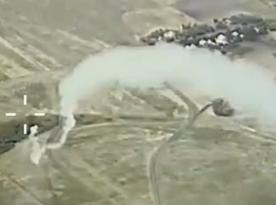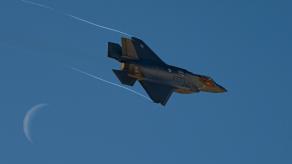Former Commanding General of U.S. Army Europe, Ben Hodges, actively supports Ukraine and mercilessly criticizes the West for its insufficient anti-russian position and little aid to the Ukrainian forces.
But in the last interview for the Voice of America, he touched on a rather painful topic: the supply of ammunition. At first, he reproached the United States that, despite a four-fold increase in the production of artillery shells, it was still not enough, and the White House should show political will to increase the pace even more. And then, on the other hand, he noted:
"Let's be honest, what has Ukraine done since 2014? There should already have been mountains of artillery ammunition [by now]. Yes, you can be disappointed that the West is not providing more. But what has Ukraine done after 2014 to increase its own production of ammunition?" Ben Hodges said.
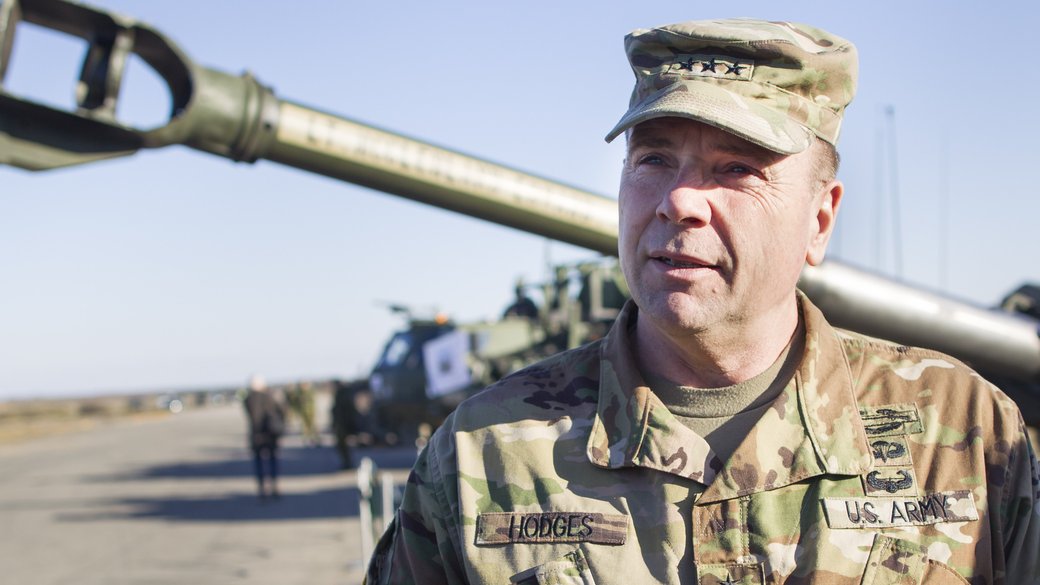
With that in mind, we can actually try and find out whether Ukraine really had the capability to produce the "mountains of ammunition" since 2014. And first, let's break down the input data.
It's 2014, the Ukrainian defense industry is objectively in a coma caused by decades of deliberate negligence. No production of ammunition in Ukraine whatsoever because the gunpowder plant in Shostka went bankrupt and stopped working. In the same city, one of the few specialized research institutes specialized in munition studies is in a "more dead than alive" condition. There is no production of projectile casing, no final assembly of ammunition. The entire viable asset is another plant in Shostka that produces detonators.
A few steps forward into the future, we see: the Anti-Terrorist Operation (ATO) and Joint Forces Operation (OOS) are ongoing in Donbas. Due to the Minsk agreements, the use of artillery with a caliber of more than 100 mm has been limited since 2016. Therefore, the need for artillery shells was not so noticeable. At that time, warfare completely relied on stockpiles of weapons from Soviet times. Although the warehouses were most literally blown up, no one could describe the situation as "shell hunger."

Although this phrase began to sound more and more often in the professional and media environment, it was inferior to the more hyped "cartridge hunger" extensively discussed during attempts to start producing at least small arms ammunition.
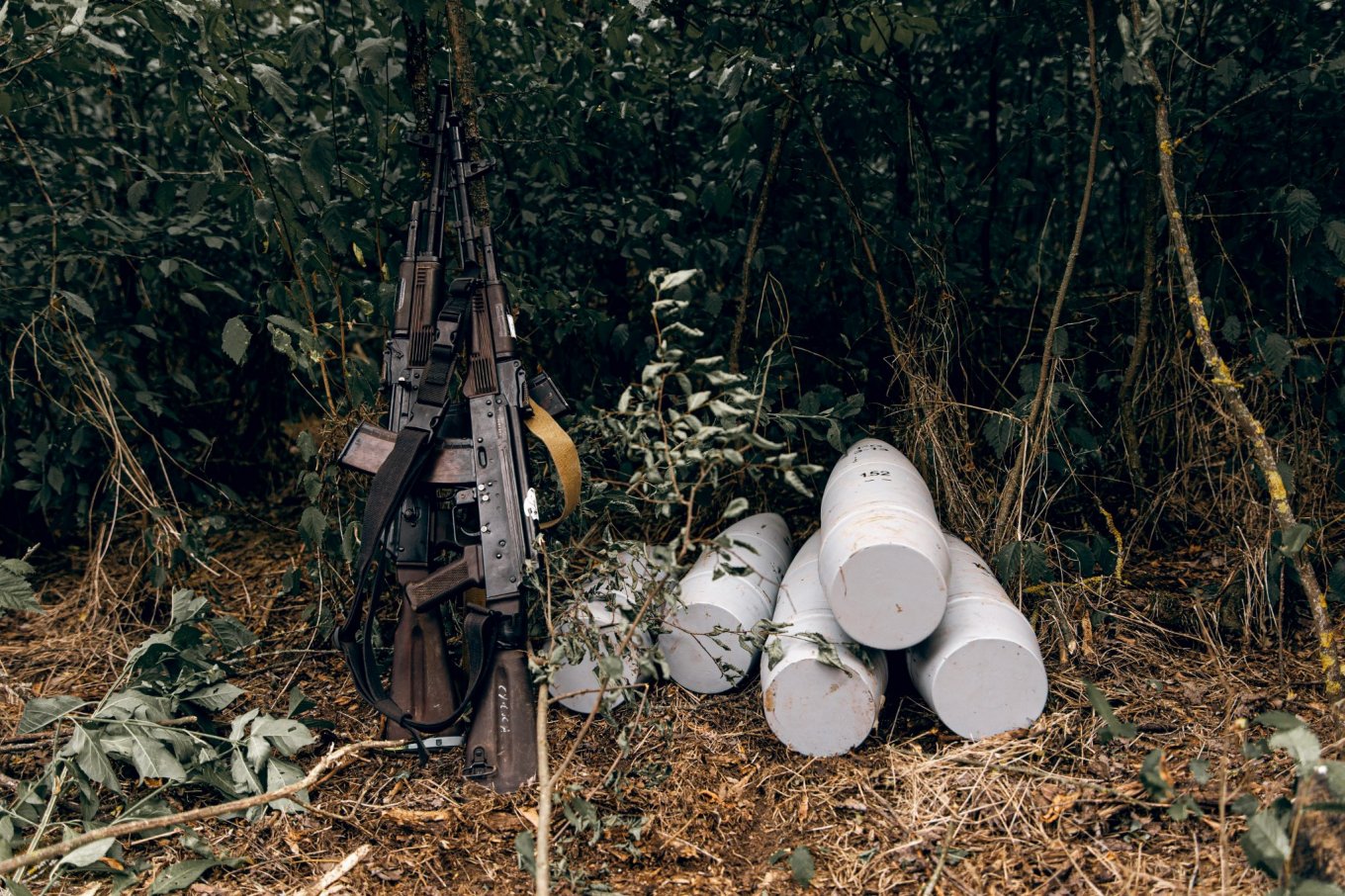
Against this background, practical steps in the creation of own production of artillery ammunition began somewhere in 2015–2016. But it was already early 2018 when the first batches of 152-mm shells for Giatsint howitzers came off the production lines, followed by an official announcement of this achievement.
Why exactly for this gun? That is because the shells it needs were not produced elsewhere in Eastern Europe. The countries in this region still had some artillery systems inherited from ties with the Soviet Union and were willing to purchase limited numbers of associated projectiles. These deals partially covered the Ukrainian Army's needs during the ATO/OOS. Simultaneously, one of Ukraine's private companies was working on manufacturing the same type of projectile.

Now, it might be a discovery for someone, but only the shell itself was made. The issue of powder charges was not resolved.
Archive video: production of large-caliber ammunition at the Artem State Joint-Stock Holding Company, 2018
Moreover, the technology for the production of shell casings could not boast a significant degree of automation. For example, here's a comparison video showing the production of shell casing in Great Britain.
Either way, some test batches of 122mm and 155mm ammunition were made on this, however advanced, technological basis. The prototypes were displayed at several public events.
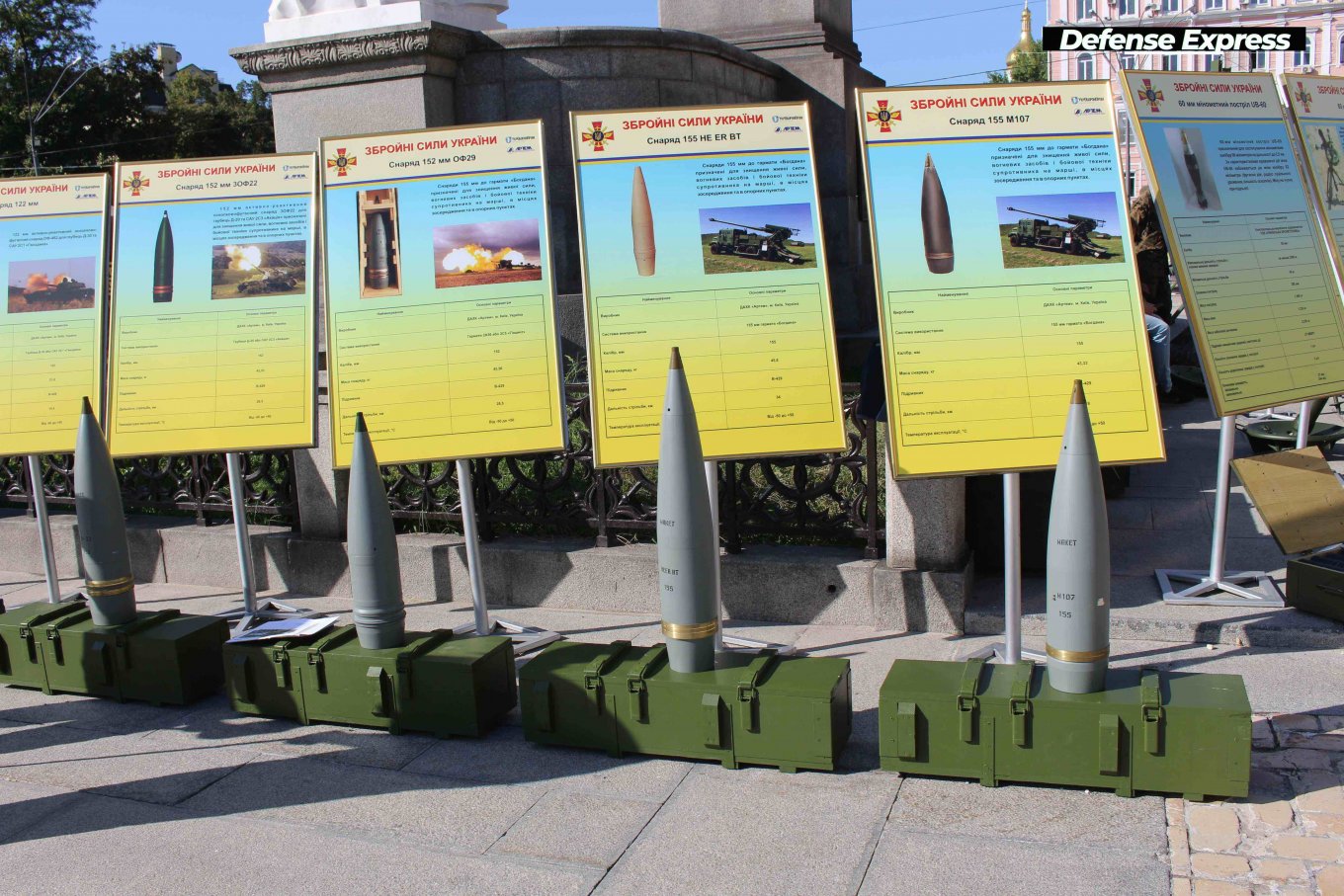
The bottom line is, despite the pitfalls, the beginning of indigenous artillery shell production in Ukraine was progressing steadily. However, the manufacturers could rely only on themselves because the involvement of Western companies and their assets in this process was not even considered due to the silent embargo on any defense cooperation. And fair to note, each Ukrainian government that ever entered power since 1991, aligned with this trend and bears part of the blame.
For a reminder, the first delivery of Western weapons — namely American Javelin ATGMs — took place only in 2018. This event ultimately broke the seal on international cooperation and marked the time when the plans of foreign partnership, pursued by pioneers, had just started to take shape.
Read more: In 2024, Ukraine Plans to Increase Production of Missiles, Weapons Several Times
Now all we can do is ponder what would have happened if back then, all the effort had been invested into creating foreign production of ammunition in Ukraine. The experience of Poland shows well how much of a boost it would give Ukraine's defense industry.
In 2010, Polish ZM DEZAMET and Bumar Sp. z o.o. got a license from Slovak ZVS Holding a.s. for the production of 155mm shells.
In July 2014, ZM DEZAMET was awarded an agreement for the supply of 2,000 shells by November 30, 2015, the condition was that all the components must be produced in Poland.
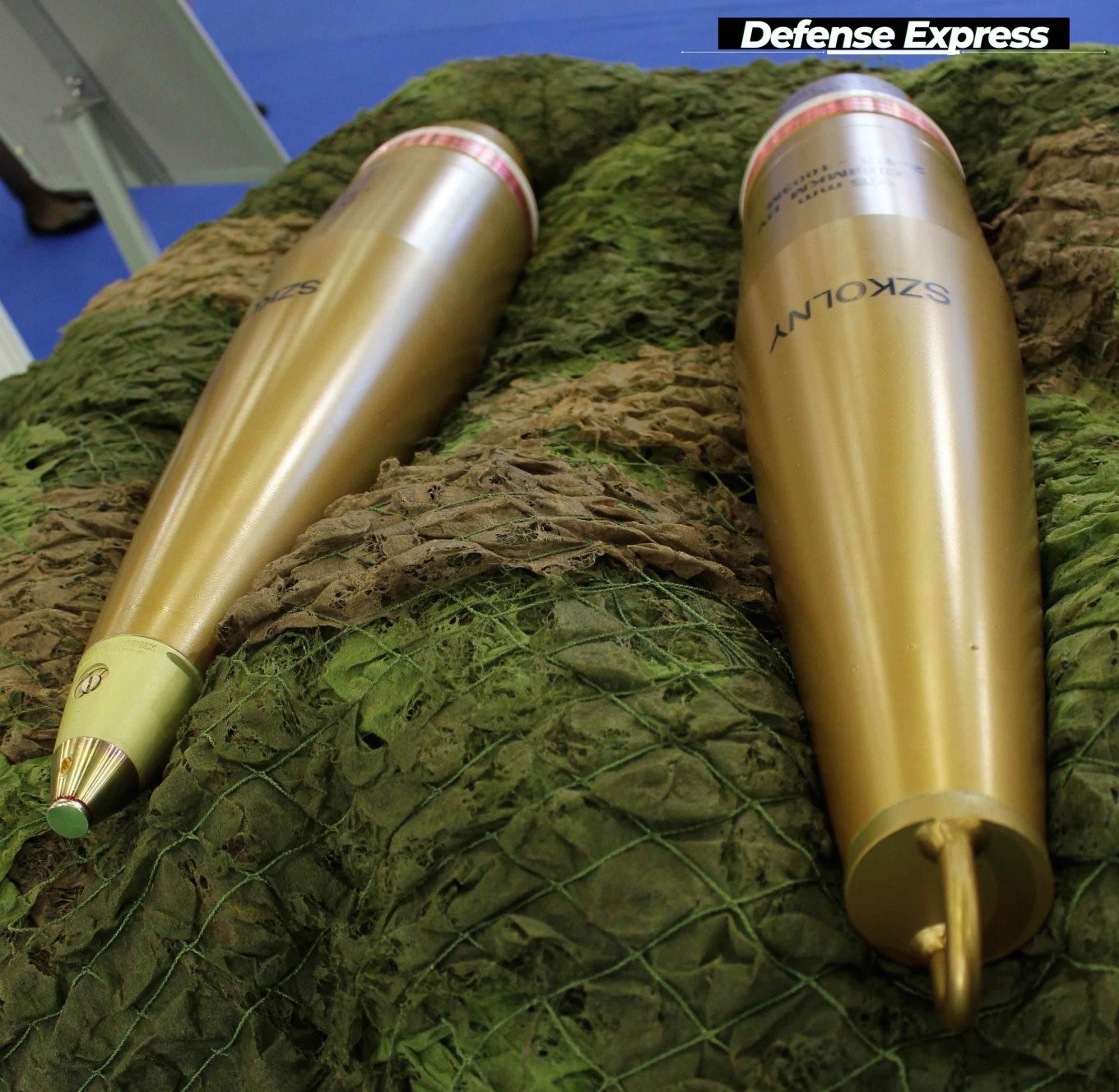
If we try and apply these deadlines to Ukraine which signed basically a similar contract in 2018, the conditional delivery date of the first batch of 2,000 ammunition would be in 2023, of course, if the plant survived the russian bombing. Even if lots of money were timely invested to speed up the setting of production, still there is no way manufacturers would manage to stockpile "mountains of shells" by now. That is not to mention, the caliber must be right since Ukraine is steadily phasing out 152mm systems in favor of the 155mm standard.
Thus, the answer to why Ukraine has not produced "mountains of ammunition" by itself since 2014 can be comprehensively described with the popular Ukrainian proverb, "pity and shrug." Surely, Ukraine should have started to prepare for an all-out war against russia back in 2008 when russia invaded Georgia and its thirst for conquest became apparent. It's a pity that we didn't, it's a shrug as to why we didn't.
Read more: Rheinmetall Secures Major Order for Ukraine Worth 142 Million Euro





